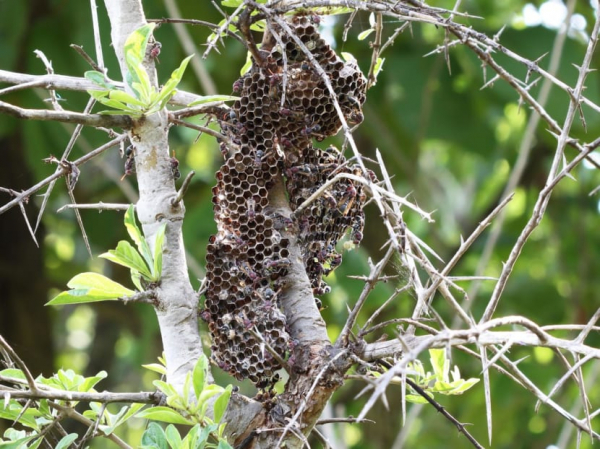Unveiling the Truth: The Severity of Insect Stings and Bites and Guidelines for Seeking Medical Attention

In a tragic incident in Sembawang, Singapore, a 60-year-old man lost his life after being attacked by hornets while cycling along a park connector. The subsequent coroner's inquiry revealed that his cause of death was multi-organ failure due to the insect stings, compounded by underlying ischaemic heart disease. While such fatal occurrences are rare, they shed light on the potential hazards associated with insect stings.
Statistics from the National University Hospital (NUH) indicate that insect bites and stings pose a notable risk, particularly to children. Last year alone, NUH's emergency medicine department and children's emergency treated 265 patients for such incidents, with a significant majority being children. Moreover, Tan Tock Seng Hospital's allergy service attended to 21 patients with insect venom allergies over the past five years, showcasing the severity of the issue.
Experts in entomology and biology offer insights into why some insect stings turn fatal and how individuals can protect themselves. According to biologist Carl Baptista, insects like hornets, wasps, and bees typically sting in self-defense when they feel threatened or provoked. Quick withdrawal and avoiding sudden movements can help prevent stings, as disturbances to nests can trigger an "alert" mode among insects.
Entomologist Moo Chee Yuan adds that insects may also sting to guard their territory, making it crucial for individuals to be cautious when walking near nests. Unprovoked attacks are rare, but activities such as cutting grass or pruning can inadvertently disturb nests, leading to defensive responses from insects.
While insect stings are often unavoidable, understanding insect behavior and taking preventive measures can mitigate risks. As Singaporeans enjoy outdoor activities, staying vigilant and respecting insect habitats are essential for minimizing the likelihood of dangerous encounters. By heeding expert advice and exercising caution, individuals can navigate environments shared with insects safely and responsibly.
In conclusion, the tragic incident in Sembawang serves as a sobering reminder of the potential dangers posed by insect stings, especially in certain circumstances. While fatal outcomes are rare, the statistics from hospitals in Singapore underscore the importance of vigilance and caution when encountering insects.
Insights from experts highlight the significance of understanding insect behavior and taking proactive measures to minimize the risk of stings. By avoiding sudden movements, respecting insect territories, and being mindful of activities that may disturb nests, individuals can reduce the likelihood of dangerous encounters.
As Singaporeans enjoy outdoor activities, it is crucial to remain vigilant and informed about the potential hazards associated with insect stings. By prioritizing safety and adopting preventive strategies, individuals can minimize the risks and enjoy the outdoors responsibly. Ultimately, raising awareness about insect behavior and promoting safety measures can help mitigate the impact of insect stings and prevent future tragedies.


